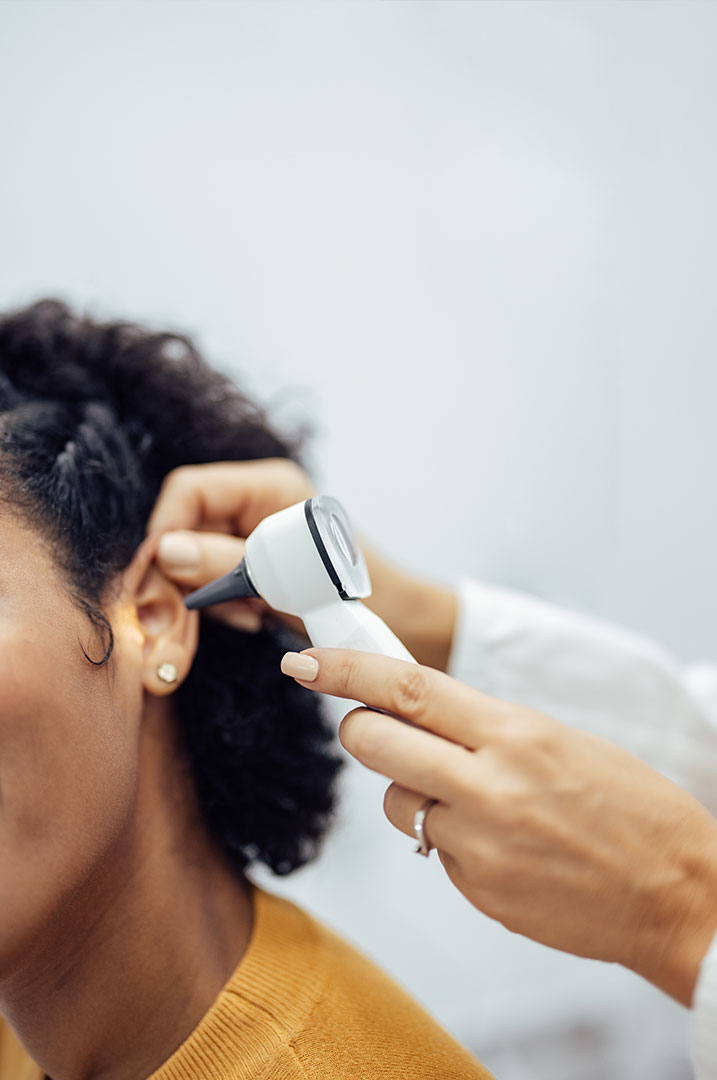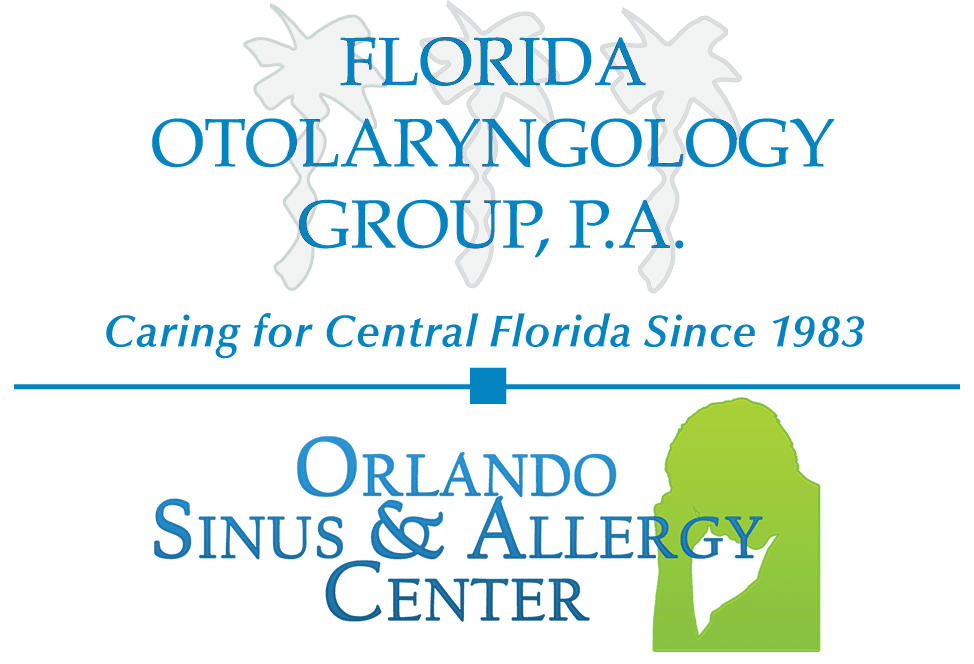Our ears are our connection to the world around us. While their primary function is to allow us to hear our environment, our ears also allow us to maintain our balance. Complicated ear disorders are extremely debilitating, and without the proper diagnosis and treatment, they can lead to pain, balance complications, and hearing loss. This is why Florida Otolaryngology Group offers a variety of surgical treatment options for chronic ear disorders, and works with you to find the best treatment option for your specific condition.
What Are Chronic Ear Disorders?
A chronic ear disorder refers to any ear disorder or condition that affects the ear longer than three months. Chronic ear disorders are often associated with symptoms like vertigo, hearing loss, pain in the ears, tinnitus, drainage, and ear infections.


Types of Surgical Treatment Available for Chronic Ear Disorders
The type of surgical treatment you receive will depend on the specific chronic ear disorder. Some of the most common surgical treatments for chronic ear disorders include:
1. Ossiculoplasty: this type of ear surgery is used to reconstruct the ossicles (malleus, incus, and stapes) bones. These bones are the three smallest in the human body and are responsible for amplifying and conducting outside sound waves to the inner ear. Chronic ear infections, trauma, or tumors can cause damage to these bones, resulting in conductive hearing loss. The ossiculoplasty ear surgery repairs this chain of bones either by reshaping and repositioning them to reestablish contact, or a synthetic prosthesis may be used. This type of surgery can help treat chronic ear disorders like cholesteatoma or chronic otitis media.
2. Stapedectomy: this chronic ear surgery is performed to remove the stapes bone to treat hearing loss that is a result of otosclerosis, a condition in which the stapes (one of the small bones in the middle ear) becomes fixed and unable to vibrate. The stapes is removed with a stapedectomy and is replaced with a microprosthesis.
3. Tympanoplasty: this surgery is performed to repair the eardrum. This is an outpatient procedure and is performed usually through the ear canal. The eardrum is repaired with a fascia tissue graft or with cartilage. This type of surgery may help reverse hearing loss associated with infection.
4. Myringoplasty: this is a surgery that is used to repair a hole in the eardrum. The eardrum can become perforated due to chronic ear infections (otitis media), from air pressure trauma (barotrauma), from acoustic trauma (loud sounds), from foreign objects being pushed into the ear (cotton swabs), or from severe head trauma. In rare cases, if the perforated eardrum remains unhealed, a cholesteatoma can form, which is a cyst composed of skin cells and ear canal debris. During this surgery, the eardrum is repaired with tissue graft, which helps improve hearing and prevents infection from entering the ear.
5. Myringotomy: this is a type of surgery that creates a small hole in the eardrum to allow fluid that is trapped within the middle ear room to drain and to allow ventilation of the middle ear. By making a small incision in the eardrum, the pressure within the middle ear is relieved, as the excess buildup of fluid or pus can drain out. This type of surgery is often recommended as treatment for otitis media and chronic otitis externa.
6. Mastoidectomy: this type of surgery is used to remove tissue growth, diseased tissue lining, infected bone, and infection that sits in the bone behind the middle ear. It is commonly used to treat chronic ear infections, mastoiditis (an infection of the bony air cells in the mastoid bone), and cholesteatoma (a skin-lined cyst that begins by the eardrum and invades the middle ear).


7. Meatoplasty: This is when the cartilage from the outer opening of the ear canal is removed to enlarge the opening of the external ear canal.
8. Eustachian Tube Surgery: this surgery is used to treat dysfunction of the Eustachian tube. This Eustachian tube runs from the middle ear through to the back of the nose. Its primary role is to equalize the pressure on either side of the eardrum. When it’s blocked, fluid can build up in the middle ear, causing pain and pressure. Eustachian tube surgery can help to open the blocked tube and restore normal function.
Tumor Removal: in some cases, a tumor may be the cause of chronic ear disorder. Tumor removal surgery is used to remove the tumor and restore normal function to the ear. Examples of tumorous growths include acoustic neuromas, cholesteatoma (cyst), and glomus tympanicum (middle ear).
If you’ve been living with a chronic ear disorder, there’s no need to suffer any longer. Contact our team at Florida Otolaryngology Group today to schedule an appointment and learn more about the surgical treatment options available to you. Our team is happy to answer any questions you have and are ready to help you hear again.
Painful ear infections are a rite of passage for children—by the age of five, nearly every child has experienced at least one episode. Most ear infections either resolve on their own (viral) or are effectively treated by antibiotics (bacterial). But sometimes, ear infections and/or fluid in the middle ear may become a chronic problem leading to other issues such as hearing loss, behavior and speech problems. In these cases, insertion of an ear tube by an otolaryngologist (ear, nose and throat specialist) may be considered.


